Joint Venture Cars Embrace "Fixed Pricing": A Turning Point or Mere Band-Aid?
![]() 03/18 2025
03/18 2025
![]() 614
614
In recent years, the mention of joint venture cars often evokes a sense of nostalgia. Once the darlings of the market, they dominated the automotive landscape, with consumers flocking to their dealerships. However, the surge of new energy vehicles, particularly from independent brands, has undeniably posed a significant challenge to joint venture cars. Sales have plummeted, and various self-rescue measures seem to be falling short. Amidst this turmoil, the "fixed pricing" strategy has emerged as a recent trend. How should we view this strategy? Can it truly help joint venture cars regain their footing?
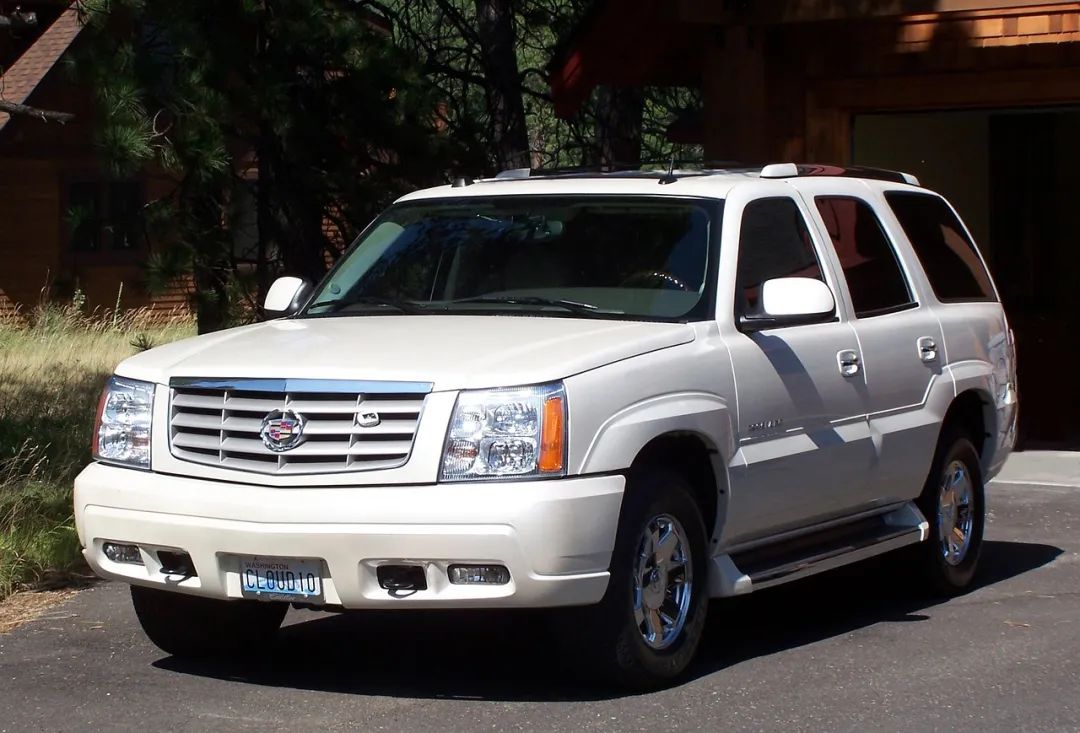
I. Are Joint Venture Cars Embracing "Fixed Pricing"?
According to Beijing Daily, Geely has lowered the entry point for A-class sedans to around RMB 40,000, Buick's B-class sedans start at RMB 106,900, and Cadillac's new CT5 is priced from RMB 215,900. Many traditional automakers have implemented the "fixed pricing" strategy for their fuel vehicles, aiming to regain market momentum.
Mr. He, who recently planned to replace his traditional fuel vehicle, noticed a marked change after comparing brands like Volkswagen, Toyota, and Buick. Years ago, car buyers had to navigate varying prices across different 4S stores of the same brand. Today, many brands offer limited-time "fixed prices," ensuring consistent bare car prices nationwide. This not only eliminates the hassle of price comparison but also offers substantial discounts. "This change is positive. The price is transparent, saving consumers time and effort, and alleviating fears of overpaying," said Mr. He.
Previously, fuel vehicles' selling prices varied widely due to dealers' promotional strategies based on the manufacturer's guidance price. Last year, Buick pioneered the "fixed pricing" model among traditional automakers, adopting the pricing strategy of new energy automakers. This transformed dealer discounts and promotions into "official direct discounts" by automakers. The reporter observed that this model is now becoming a new form of price competition among traditional automakers, with brands like FAW-Volkswagen, GAC Toyota, Dongfeng Nissan, Beijing Hyundai, and Geely joining the "fixed pricing" bandwagon.
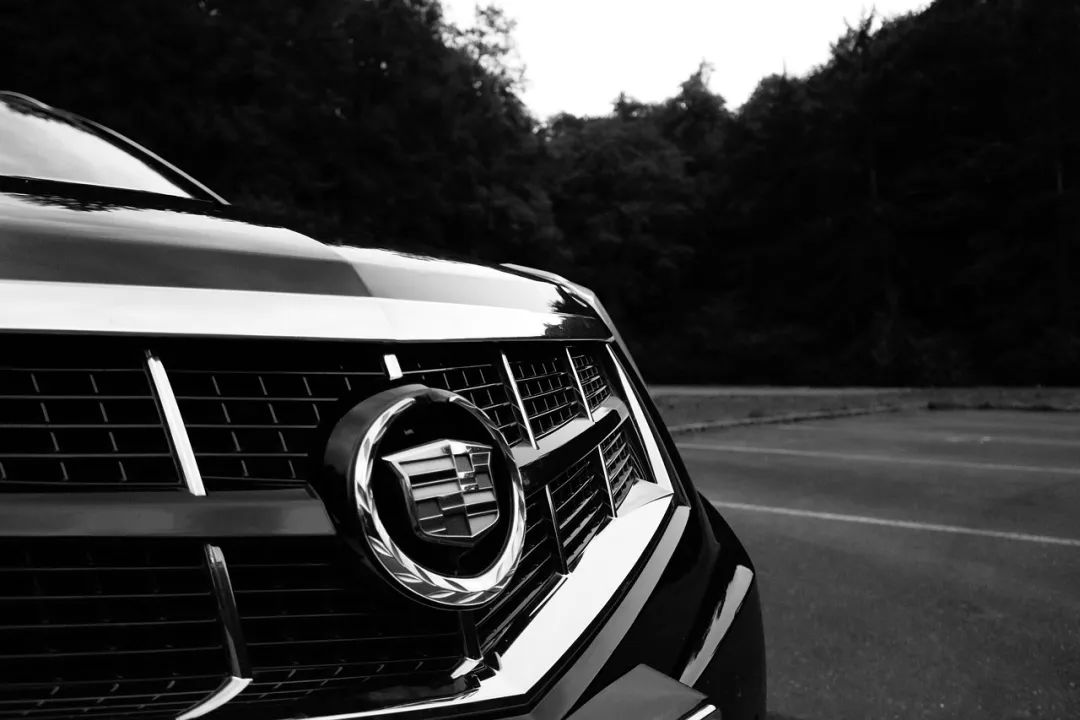
The "fixed pricing" strategy not only achieves price transparency but also attracts consumers with significant price reductions. On February 28, SAIC-GM-Wuling launched another "fixed price" for its B-class sedan Regal, starting at just RMB 106,900, a drop of over 30% from the original guidance price. SAIC-GM announced that all newly launched Buick models would adopt the new energy pricing model, fully implementing "fixed pricing" to encourage dealers to shift from inefficient price competition to service quality competition.
Similarly, ECARX reported that Lincoln Motors officially announced limited-time fixed prices for the Adventurer and Lincoln Z, starting at RMB 188,800, valid until March 31, 2025. This amount is calculated using a mainstream 5-year financial product. During the campaign, the Lincoln Z can be purchased for as low as RMB 188,800 through financial institution loans.
China Times reported that, starting from the second half of 2024, SAIC-GM conducted "fixed pricing" trials through multiple models under its brand, achieving remarkable results. After implementing "fixed pricing" for the Buick Envision Plus, deliveries exceeded 20,000 units within 60 days, with December 2024 sales reaching 13,540 units, a year-on-year increase of 198.2%. In that month, SAIC-GM's terminal sales reached 73,058 units, a 9.4% month-on-month increase, setting a new monthly sales record for 2024 and marking the sixth consecutive month-on-month increase. The latest data shows that in the first two months of 2025, SAIC-GM sold approximately 65,000 vehicles, a year-on-year increase of 31.67%.
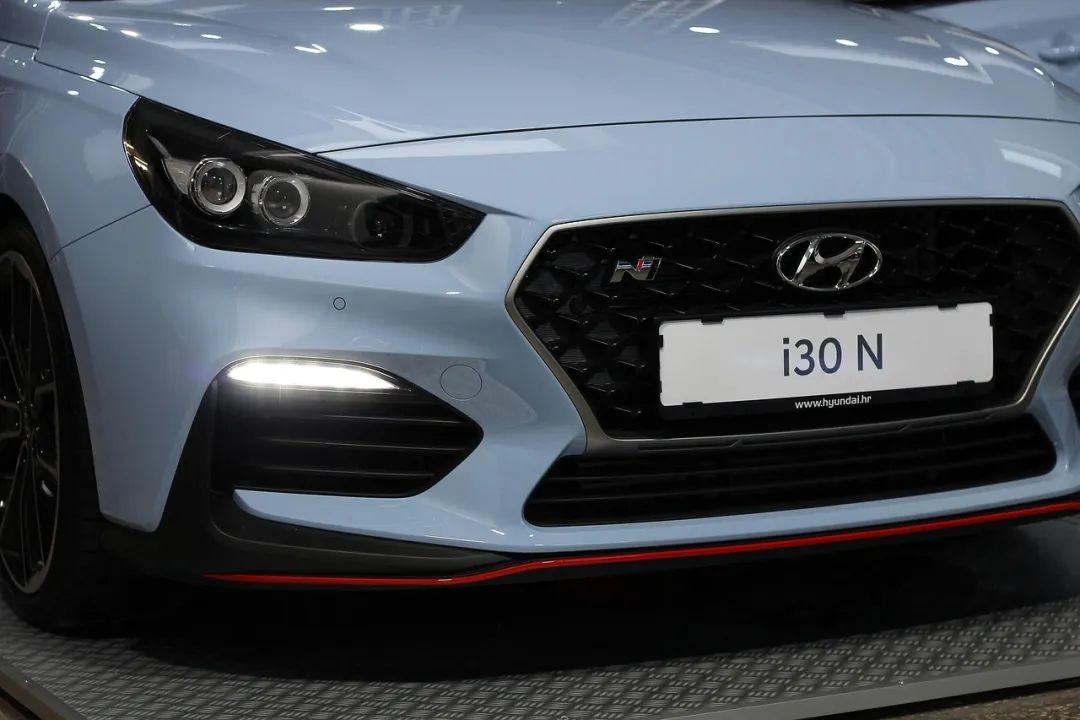
II. Can Fixed Pricing Really Help Joint Venture Cars Turn the Tide?
Recently, the "fixed pricing" sales strategy has emerged as one of many transformational survival tactics in the market. However, can this strategy truly help joint venture cars regain their footing? How should we view this development?
First, the current challenges faced by joint venture cars underpin the emergence of fixed pricing. Historically, joint venture cars have occupied a pivotal position in the automotive industry, enjoying immense popularity among consumers due to their advanced technology, mature management experience, and brand influence from foreign automakers. Whether it's the precision engineering of German cars, the spaciousness and power of American cars, or the fuel efficiency and reliability of Japanese cars, they have met consumers' diverse needs for automotive quality and performance. For a long time, joint venture brands were often the first choice for many car buyers.
However, times have changed. In recent years, joint venture cars have witnessed a continuous decline in business, with their market share being progressively eroded. On the one hand, domestic automotive brands have made significant strides in technological research and development, manufacturing processes, and product quality. Many domestic models now offer superior cost-effectiveness compared to joint venture cars. For instance, some domestic SUV models excel in configuration, interior space, and exterior design, while being priced significantly lower than their joint venture counterparts. On the other hand, the rise of the new energy vehicle market has also impacted joint venture cars. New energy vehicles represent the future of the automotive industry, and many joint venture automakers have lagged behind in their new energy vehicle sector, failing to keep pace with market changes.
Under these circumstances, joint venture automakers must adapt. The "fixed pricing" strategy is one of the options among various transformational survival tactics. Automakers hope to attract consumers and enhance market competitiveness through this approach. Simply put, "fixed pricing" means that the car sales price is fixed, eliminating the need for cumbersome negotiations, allowing consumers to purchase the desired product at a clear price.
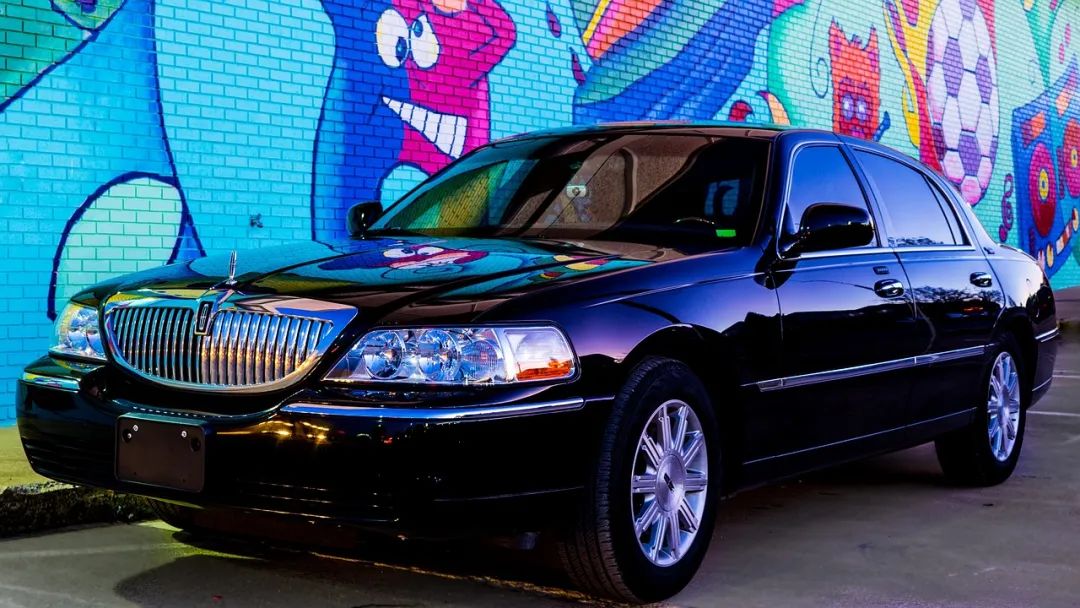
Second, the dilemma in traditional car sales has made fixed pricing the key to breaking the deadlock. Historically, the automotive market sales model exhibited a clear divide between production and distribution. Automakers focused on production and manufacturing, delivering products to dealers for sales. The dealer system is often complex, with a multi-tiered structure. This model led to severe price opacity, making it difficult for consumers to obtain accurate and uniform price information. Many had to resort to various channels to inquire about so-called "internal prices" to secure a lower price.
This phenomenon not only increased consumers' car purchase costs and effort but also made the entire car sales market appear chaotic. Different consumers paid vastly different prices for the same model due to various factors, which was detrimental to market fairness and healthy development. Additionally, to maximize profits, multi-tier dealers may adopt irregular means during sales, such as forced bundling and false pricing, further harming consumer rights and affecting brand image.
The "fixed pricing" strategy aims to address these issues. By setting a unified price, it enhances price transparency and alleviates consumers' concerns about price uncertainty when purchasing vehicles. This also helps regulate the car sales market, reducing unreasonable pricing by dealers, thereby improving consumers' perception of joint venture car brands.
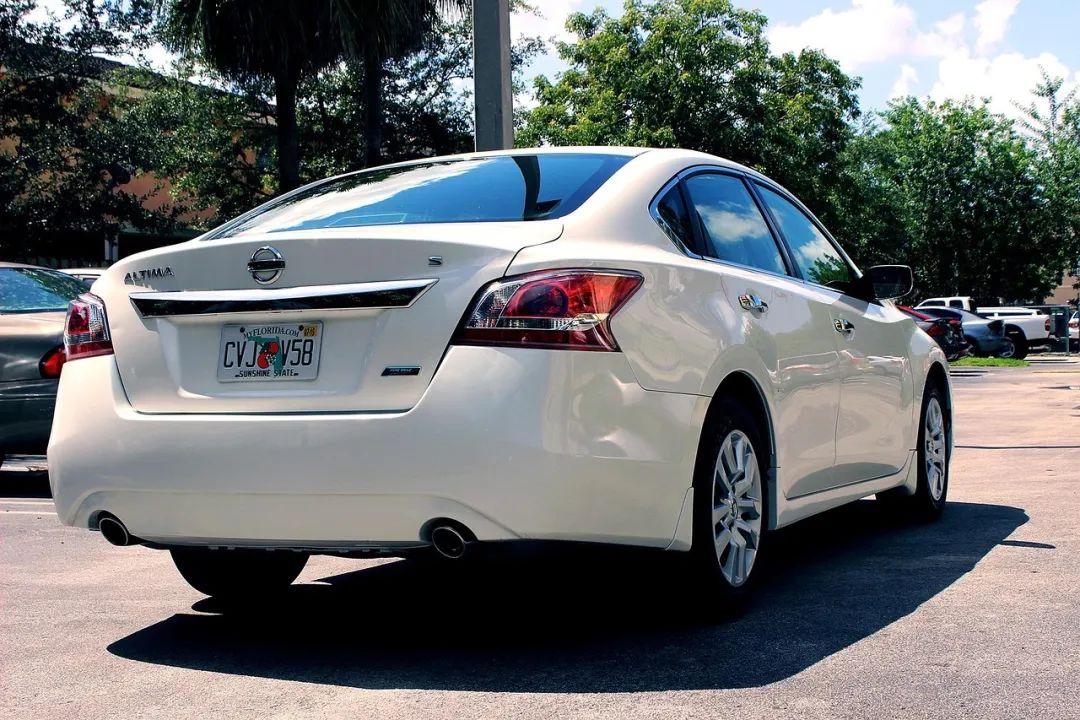
Third, what benefits does fixed pricing bring to joint venture automakers? Currently, the new energy vehicle market is booming. Many new energy automakers continue to launch innovative products, making significant advancements in battery technology, intelligent driving assistance systems, and the Internet of Vehicles, attracting a large number of consumers. In contrast, even with successive price reductions, joint venture cars struggle to demonstrate sufficient advantages when competing with new energy vehicles. In such a competitive market, the introduction of the "fixed pricing" strategy can be seen as a last-ditch effort for joint venture automakers.
From a positive perspective, the "fixed pricing" strategy offers various advantages. On the one hand, it enhances price transparency. By setting a clear and unified pricing, consumers no longer need to expend significant effort on negotiating prices, effectively addressing dealer issues to a certain extent. When purchasing vehicles, consumers can clearly know the price and no longer fear being overcharged due to information asymmetry, thereby alleviating concerns during the car purchase process.
On the other hand, "fixed pricing" is a highly effective price war promotion method. In today's fiercely competitive market, consumers are often price-sensitive. By implementing the "fixed pricing" strategy, joint venture automakers can demonstrate their sincerity and price competitiveness, attracting consumers' attention and stimulating purchase desire, thereby promoting transactions and increasing sales to a certain extent.

Fourth, can fixed pricing truly solve the problems of joint venture automakers? However, we must recognize that the current "fixed pricing" strategy is merely an adjustment based on the existing market model and operational foundation, and it has not fundamentally broken the dilemma faced by joint venture cars. Joint venture cars have long been heavily reliant on foreign automakers' technology, lacking independent research and development of core technologies and product innovation capabilities. In today's rapidly evolving technological landscape, this dependence has become a key factor hindering the development of joint venture cars. Relying solely on the "fixed pricing" strategy, while it may attract some consumers and increase sales in the short term, cannot fundamentally address the technological and product inferiority of joint venture cars.
Therefore, the implementation of the "fixed pricing" strategy by joint venture cars is a positive attempt under current market pressures. It holds certain significance in improving price transparency, addressing dealer issues, and serving as a price war promotion method. However, the "fixed pricing" strategy cannot fundamentally solve the problems faced by joint venture cars. If joint venture cars aim to truly turn the tide, they must address their heavy reliance on foreign automaker technology, increase investment in technological research and development, and establish their own technological and product advantages.
In the increasingly competitive automotive market, particularly with the vigorous development of new energy vehicles, if joint venture automakers cannot fundamentally resolve technological issues and rely solely on adjustments to marketing strategies, their future development prospects will remain challenging. Only by integrating technological innovation with marketing strategies can joint venture cars regain market share and achieve sustainable development.







